Project Engineering
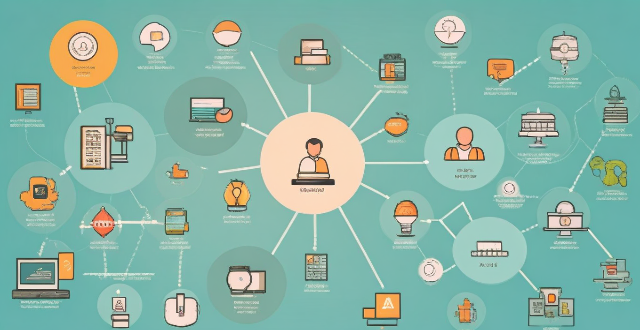
What is social engineering in the context of cybersecurity ?
Social engineering refers to the psychological manipulation of individuals or groups into divulging confidential information. This tactic is often employed by cybercriminals to gain access to sensitive data, systems, or networks without being detected. In the context of cybersecurity, social engineering is a significant threat that exploits human behavior rather than technical vulnerabilities. There are several types of social engineering attacks, including phishing attacks, pretexting, baiting, quid pro quo attacks, tailgating or piggybacking, vishing (voice phishing), and smishing (SMS phishing). To protect against social engineering attacks, organizations can implement education and awareness programs, policies and procedures, technology tools, and an incident response plan. By understanding the various types of social engineering attacks and implementing appropriate countermeasures, organizations can significantly reduce their risk of falling victim to these deceptive tactics.
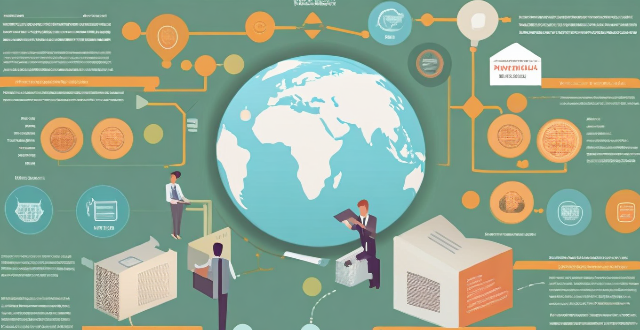
How does social engineering pose a risk to communication security ?
The Risks of Social Engineering to Communication Security discusses the dangers of social engineering, a form of manipulation that tricks people into sharing confidential information. Social engineering is a significant threat to communication security because it can infiltrate trusted environments, manipulate human emotions, be difficult to detect, use a variety of attack vectors, lead to data breaches, and lack awareness and training. To protect against social engineering attacks, organizations must implement comprehensive security awareness programs, establish strict verification procedures for sensitive requests, and create a culture of security where employees are encouraged to report suspicious activities without fear of reprimand.

What are the potential risks and drawbacks of geoengineering ?
Geoengineering, also known as climate engineering, refers to the deliberate large-scale manipulation of the Earth's climate system to counteract the effects of global warming. While it is still a theoretical concept, there are potential risks and drawbacks associated with its implementation. One of the biggest concerns about geoengineering is that it may have unintended consequences that could be worse than the problem it was intended to solve. For example, injecting sulphate aerosols into the stratosphere to reflect sunlight back into space could potentially deplete the ozone layer, leading to increased exposure to harmful UV radiation. Another risk is that some forms of geoengineering may have irreversible effects on the environment. Once implemented, it may be difficult or impossible to reverse the changes made, even if the original goal was achieved. This could lead to long-term damage to ecosystems and biodiversity. Geoengineering raises important ethical questions about who has the right to make decisions about manipulating the planet's climate. There are concerns that wealthy nations might use geoengineering to protect their own interests at the expense of poorer countries that are more vulnerable to climate change impacts. If something goes wrong with a geoengineering project, who would be held accountable? Determining liability for any negative consequences of geoengineering would be complex and controversial, especially if multiple parties were involved in its development and implementation. Some proposed geoengineering techniques may not be scalable enough to have a significant impact on global temperatures. For instance, ocean fertilization, which involves adding iron or other nutrients to stimulate plankton growth and enhance carbon uptake by oceans, may only work in certain regions and not be effective globally. Implementing large-scale geoengineering projects would require significant financial resources and ongoing maintenance. The cost-effectiveness and sustainability of such projects over the long term are unknown and could prove prohibitive for many countries. The public perception of geoengineering is likely to vary widely depending on cultural, religious, and political beliefs. Some people may view it as a "quick fix" for climate change while others may see it as an unnatural interference with nature. This could lead to social conflict and opposition to its implementation. Given the global nature of climate change, any attempt at geoengineering would require international cooperation and coordination. However, reaching consensus among diverse nations with different priorities and interests could prove challenging and time-consuming.

How do I choose the right brushless motor for my project ?
Choosing the right brushless motor for your project is crucial. Key factors to consider include the purpose of your project, power requirements, speed and torque needs, compatibility with your control system, efficiency and noise level, and researching different brands and models. By considering these factors, you can select the best option for your specific application.

In what ways can mind mapping help with project management and planning ?
Mind mapping is a valuable tool for project management and planning, offering benefits such as clarifying objectives, enhancing brainstorming sessions, facilitating task breakdown, tracking progress, managing risks, and improving communication. By providing a visual representation of information, mind maps enable clearer understanding and more effective collaboration among team members, ultimately contributing to the success of projects.
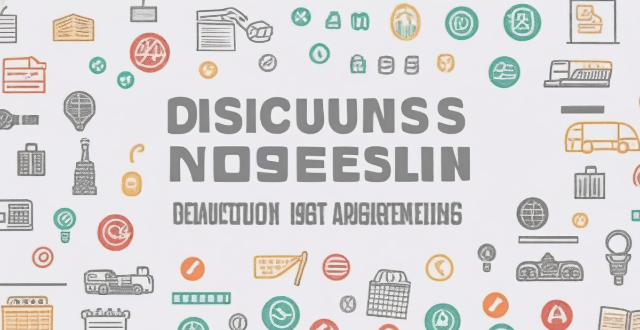
How does poor project management contribute to construction hazards ?
This text discusses the impact of poor project management on construction hazards, including inadequate planning, communication breakdown, ineffective risk management, unrealistic timelines and budgets, and inadequate supervision and training. It emphasizes the importance of effective project management practices for ensuring safety and success in construction projects.

How do I create a budget for a special project at work ?
Creating a budget for a special project at work requires careful planning and consideration of various factors. Here are some steps to help you create an effective budget: 1. Define the project scope, including goals, objectives, and deliverables. 2. Identify all resources needed, such as personnel, equipment, software, and materials. 3. Estimate costs associated with each resource, including direct and indirect costs. 4. Determine funding sources and how much funding is available. 5. Create a timeline with key milestones and deadlines. 6. Assign responsibilities for managing different aspects of the budget. 7. Regularly monitor progress and adjust the budget as needed.
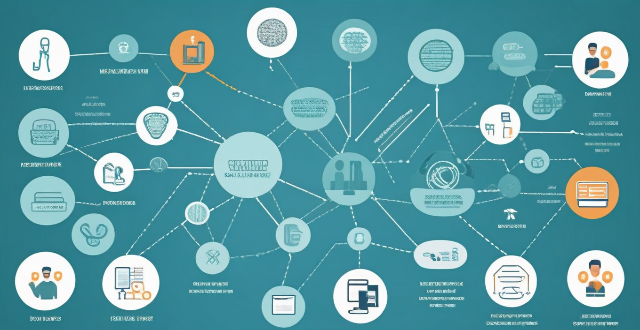
What are the challenges faced during a network expansion project ?
When expanding a network, organizations may face various challenges that can impact the success of the project. These challenges include budget constraints, technical difficulties, security concerns, downtime and disruptions, training and support requirements, integration with existing systems, regulatory compliance, project management issues, change management, and future-proofing considerations. By proactively addressing these challenges, organizations can successfully complete network expansion projects while minimizing disruptions and maximizing the benefits of the expanded network.
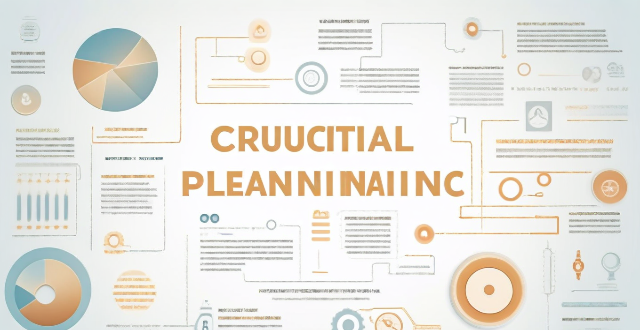
What role does risk management play in project planning and execution ?
Risk management is a crucial aspect of project planning and execution that involves identifying, assessing, and prioritizing potential risks to minimize their impact on the project's objectives, timeline, budget, and quality. The process includes identifying technical, financial, operational, and legal/regulatory risks; assessing their likelihood and potential impact; developing response plans for avoidance, mitigation, transference, or acceptance; monitoring and controlling risks throughout the project lifecycle; and effectively communicating about risks to all stakeholders. By managing risks proactively, projects can navigate uncertainties more effectively, leading to improved outcomes and success rates.

How long does it take to complete a network expansion project ?
Completing a network expansion project involves several stages, including planning and design, procurement, installation and configuration, testing and troubleshooting, and deployment and training. The duration of each stage can vary depending on factors such as project size, resource availability, and team efficiency. A general timeline for completing a network expansion project is 6 months to a year.

What are the key factors to consider when planning an energy-efficient building project ?
The text provides a summary of key factors that should be considered when planning an energy-efficient building project. These factors include site selection and orientation, building design and construction, and energy sources and consumption. The location and orientation of the building on the site can have a significant impact on its energy efficiency, as well as the design and construction of the building itself. Consideration should also be given to the sources of energy used by the building and how that energy is consumed. By considering these key factors during the planning stages of an energy-efficient building project, it is possible to create a building that is comfortable, functional, environmentally responsible, and economically sustainable over its lifetime.
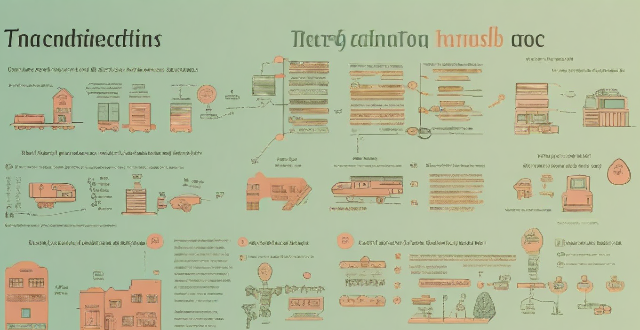
How do project-based learning and problem-solving activities fit into innovative teaching methodologies ?
Innovative teaching methodologies emphasize project-based learning (PBL) and problem-solving activities to engage students, foster critical thinking, and develop practical skills. PBL involves students in complex, meaningful projects that connect classroom learning with real-world scenarios, promoting deeper understanding, skill development, and motivation. Problem-solving activities challenge students to identify issues and find effective solutions, enhancing their critical thinking, decision-making, and resilience. Integrating PBL and problem-solving into innovative teaching involves identifying key concepts, designing relevant projects, incorporating problem-solving elements, providing resources, facilitating collaboration, scaffolding instruction, reflecting and evaluating, and assessing holistic performance. This approach creates a dynamic learning environment that prepares students for future challenges and fosters a love of lifelong learning.
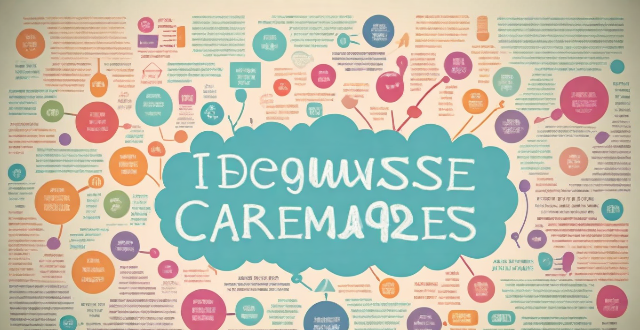
What are the best online resources for learning programming ?
The article discusses various online resources available for learning programming. It categorizes these resources into free tutorials, paid courses, and practice projects. The free tutorials include Codecademy, Coursera, edX, and Khan Academy, which offer interactive exercises, video tutorials, and quizzes to help learners practice their skills. Paid courses are offered by Udemy, Treehouse, Pluralsight, and Lynda/LinkedIn Learning, providing video tutorials, interactive exercises, and assessments. Practice projects can be found on GitHub, HackerRank, LeetCode, and Project Euler, where learners can work on real-world problems and improve their problem-solving skills. Overall, the article provides a comprehensive list of resources for those looking to learn programming online.
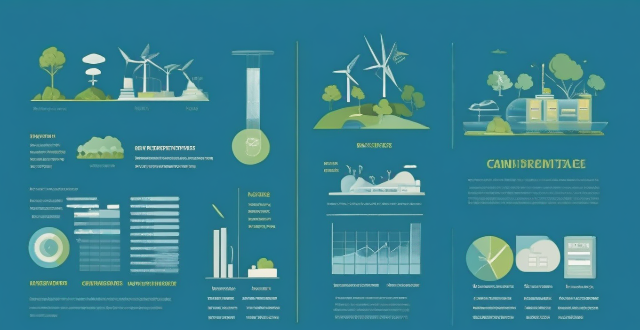
How do I invest in wind energy projects ?
Investing in wind energy projects can be a lucrative opportunity, but requires careful consideration and planning. To ensure success, it is crucial to understand the industry, research potential projects, evaluate their feasibility and financial viability, conduct due diligence, choose a suitable investment strategy, secure financing, form partnerships, negotiate terms, monitor progress, and diversify your portfolio. By following these steps, you can make informed investment decisions and contribute to a sustainable future for generations to come.

How do carbon offset projects get verified ?
The verification process for carbon offset projects involves multiple stages, including project registration, preparation of a Project Design Document (PDD), review and approval by third-party auditors, ongoing Monitoring, Reporting, and Verification (MRV), certification, issuance of credits, continuous improvement, and re-verification. This process ensures the genuineness, effectiveness, and sustainability of these projects in mitigating climate change. Key points to remember include the importance of transparency, independent verification, continuous monitoring, and adaptability.

How do you choose the right AC stepping motor for your project ?
Choosing the right AC stepping motor requires understanding project needs, selecting the appropriate motor type, ensuring compatibility with control systems, considering physical constraints, evaluating performance characteristics, accounting for environmental factors, managing budgetary considerations, relying on supplier support and reputation, and conducting thorough testing.

What are some successful career paths for women in male-dominated industries ?
In male-dominated industries, women can find success in various career paths by developing key skills and strategies to overcome challenges. In engineering, women should build a strong technical foundation, seek mentorship, and network with other women in the field. In finance and banking, gaining relevant qualifications, developing resilience, and building a professional network are crucial. In technology and IT, staying up-to-date with emerging technologies and fostering an inclusive workplace culture are important. In construction and architecture, pursuing relevant qualifications, advocating for gender diversity policies, and building strong relationships with clients are essential for success. Overall, women can achieve success in male-dominated industries by focusing on skill development, networking, and advocating for change.

What are the best practices for setting up a women's empowerment project in a rural area ?
Best practices for setting up a women's empowerment project in rural areas include understanding the local context, involving local stakeholders, designing a holistic program, ensuring accessibility and inclusivity, promoting economic opportunities, enhancing health and well-being, building leadership and decision-making skills, and monitoring progress and evaluating impact.

What skills do I need to pursue a career in green energy ?
To pursue a career in green energy, one needs to have an understanding of renewable energy sources, familiarity with energy systems, proficiency in relevant software, data analysis and modeling skills, mechanical and electrical engineering skills, project management, sustainability practices, research and development. In addition, soft skills like communication, teamwork, problem-solving, adaptability, leadership, negotiation, creativity, perseverance, global awareness, and continuous learning are also essential.

How can I stay focused and motivated when working on long-term projects ?
Working on long-term projects can be challenging, especially when it comes to maintaining focus and motivation. However, with the right strategies and mindset, you can ensure that you stay on track and achieve your goals. In this guide, we will discuss some effective techniques to help you stay focused and motivated throughout your long-term project. Setting clear goals is crucial for staying focused and motivated. Start by defining your vision for the project and breaking it down into specific, measurable objectives using the SMART criteria (Specific, Measurable, Achievable, Relevant, Time-bound). Create a timeline that outlines when you want to achieve each objective and use a calendar or project management tool to track your progress. Maintaining consistency is also important for staying focused and motivated. Establish a daily routine that includes dedicated time for working on your project and stick to it as much as possible. Track your progress regularly and celebrate small milestones along the way to stay motivated and recognize your achievements. Prioritize tasks based on their importance and use tools like to-do lists or task management apps to stay organized and focused. Staying motivated is key to completing a long-term project. Find your why by reflecting on why this project is important to you and what motivates you to see it through to completion. Write down your reasons and refer back to them when you need a boost of motivation. Surround yourself with sources of inspiration, such as books, podcasts, or videos related to your project, and connect with others who share your interests or are working on similar projects. Finally, set up rewards for reaching specific milestones or completing certain tasks to provide an extra incentive to keep pushing forward. By setting clear goals, maintaining consistency, and staying motivated throughout your long-term project, you can increase your chances of success and achieve your desired outcomes. Remember to stay focused on your vision, prioritize tasks, and celebrate your progress along the way. With these strategies in place, you'll be well on your way to completing your long-term project with confidence and dedication.

How can carbon credits be verified and monitored to ensure their legitimacy ?
Carbon credits are a tool used to mitigate the effects of climate change by reducing greenhouse gas emissions. However, ensuring the legitimacy of these credits is crucial for their effectiveness as a tool for combating climate change. This article discusses how carbon credits can be verified and monitored to ensure their legitimacy through independent verification, continuous monitoring, and transparency and public accessibility. Independent verification involves having a third-party organization conduct an audit of the project that generated the credits. Continuous monitoring involves regularly checking the progress of the project over time to ensure that it continues to generate the expected emission reductions. Transparency and public accessibility involve making information about the project and its progress available to the public, allowing anyone to review and verify the legitimacy of the credits. By implementing these measures, we can help ensure that carbon credits remain a valuable resource in our fight against climate change.
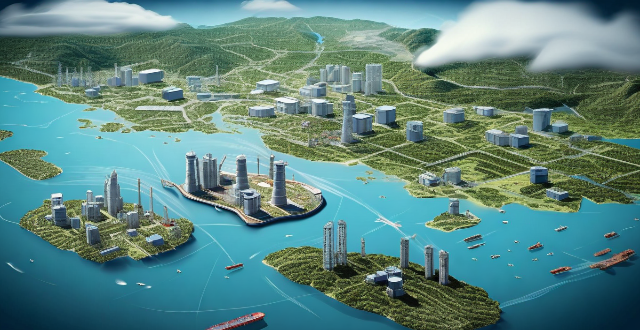
Is geoengineering a viable solution to global warming ?
Geoengineering, also known as climate engineering or earth system management, refers to the intentional manipulation of the global climate on a large scale to counteract the effects of global warming and reduce the risks associated with climate change. While geoengineering has potential benefits such as mitigating climate change, providing faster responses compared to conventional methods, and being relatively inexpensive, it also comes with uncertainties regarding long-term effects, lack of international regulation and governance, and limited scope compared to other mitigation strategies. Therefore, geoengineering should not be seen as a substitute for conventional mitigation strategies but rather complement them. Extensive research and international cooperation are essential before implementing any large-scale geoengineering projects to ensure their safety and effectiveness in addressing climate change challenges.

What are some examples of successful carbon capture projects ?
This text provides a topic summary of successful carbon capture projects, including the Boundary Dam Power Plant in Saskatchewan, Canada; Petra Nova Carbon Capture Project in Texas, USA; Quest Carbon Capture Project in Alberta, Canada; Schwarze Pumpe Power Plant in Brandenburg, Germany; and Lacq CCS Pilot Project in Aquitaine, France. Each project captures CO2 emissions from industrial processes and uses them for enhanced oil recovery or storage in depleted gas fields, reducing greenhouse gas emissions by up to 90%.
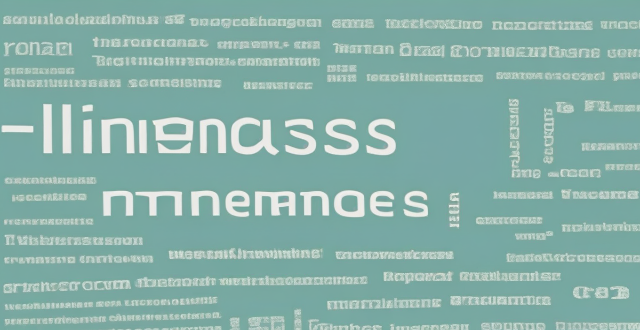
How much would it cost to implement geoengineering on a large scale ?
The text discusses the financial implications of implementing large-scale geoengineering projects to counteract global warming. Key points include research and development costs, initial implementation expenses, ongoing operational costs, uncertainty and risk management expenses, and legal and regulatory compliance costs. The analysis suggests that large-scale geoengineering would require significant funding and resources.
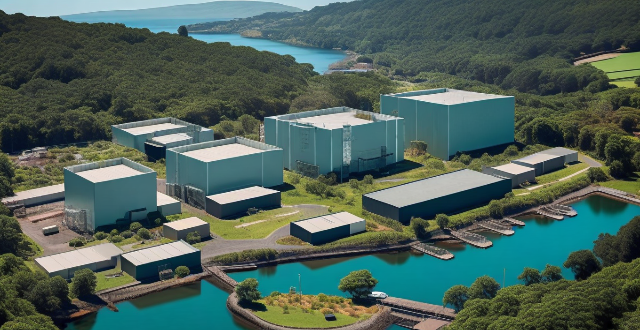
What is the current status of carbon sequestration projects around the world ?
Carbon sequestration projects are aimed at reducing greenhouse gas emissions by capturing and storing carbon dioxide. These projects include geological storage, ocean storage, and terrestrial storage methods. Geological storage involves injecting CO2 into underground formations, while ocean storage involves injecting it into the deep ocean. Terrestrial storage uses vegetation and soil to sequester carbon through reforestation and improved forest management. These projects have been implemented in various countries worldwide, with notable examples including the Petra Nova project in the United States, the Sleipner project in Norway, and the Amazon Forest Conservation Program in Brazil.
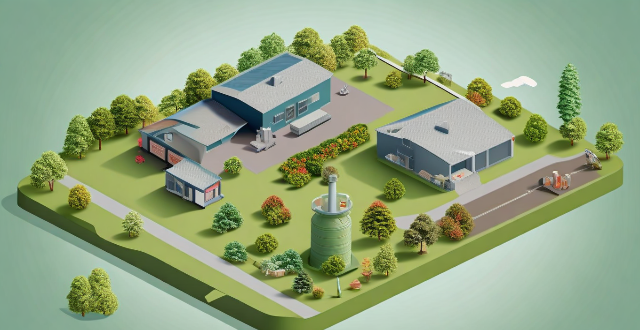
Are there any drawbacks to carbon offsetting ?
Carbon offsetting, a method to reduce one's carbon footprint through investing in projects that aim to reduce or offset greenhouse gas emissions, is not without its drawbacks. These include lack of regulation in the industry, potential issues with additionality (whether the offset project would have happened anyway), permanence (ongoing maintenance and monitoring required for sustained carbon benefits), leakage (emissions reduced in one area but increased in another due to market forces), cost-effectiveness (other methods may provide greater emissions reductions at a lower cost), and ethical considerations (relying on offsets may allow individuals and organizations to continue their high-emission lifestyles without making significant changes).